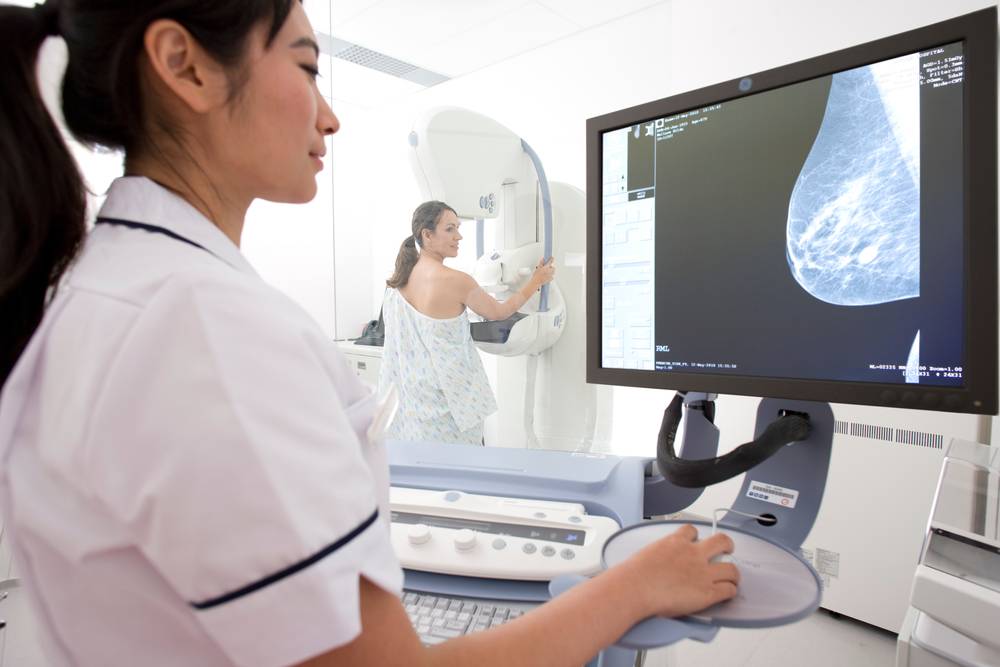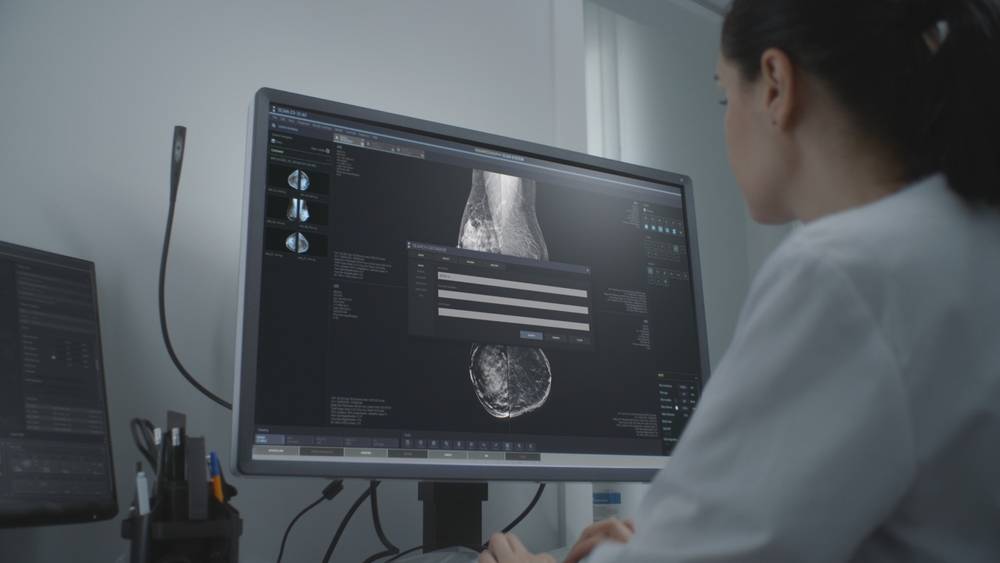Breast cancer is considered the most common form of cancer among Southeast Asian women. This means that your risk of getting it is higher than you think.
Detecting breast cancer early is key to improving your chances of successful treatment. As Dr. Steven Tucker, Medical Oncologist and Founder of Tucker Medical, explains: “Cancer screening or any health screening is to detect disease before there are symptoms, and that’s because there’s a belief that finding it early would allow us to make something more curable.”
Regular screenings can identify cancer in its early stages, allowing for timely intervention, improving treatment outcomes, and lowering healthcare costs by reducing the need for aggressive therapy. In the case of breast cancer, the best way you can detect it early is by attending mammogram screenings.
Watch this to learn more: Breast Cancer: Symptoms, Risk Factors and Treatment
What Are Mammograms?

Mammograms are low-powered X-ray exams used to diagnose breast cancer in women.
The procedure involves gently compressing the breast between two plates for a few seconds to get clear images of the breast tissue, revealing the presence and position of even very small irregularities. This means it can identify lumps in the breast before you can even feel them!
Although the process may be uncomfortable for some, it only requires 30 minutes or less to complete.
Who Needs a Mammogram?
If you are between 40 and 49, it’s recommended to get a mammogram every year. Women 50 and older should schedule screenings every two years. This is because the chances of getting breast cancer goes up as you age.
While mammograms are not typically suggested for those under 40, monthly breast self-examinations are recommended for all women to keep track of any changes that can be felt in the breast.
“From their twenties, all women should start trying to know their bodies better. You should know what your breast usually feels like. Take that as the baseline.” explains Dr Anthony Tang, Medical Director of The Breast Clinic, during an interview with CNA.
“If they feel something new, especially if there is a hard lump, get it checked,”
In addition, if you have a family history of breast cancer, you may need to start screening earlier than the usual recommendations. If you feel that breast cancer might be of greater concern for you, do consult a doctor. They can help determine the best approach for screening based on your individual circumstances.
How Do You Prepare for a Mammogram?
Attending a mammogram can be a nerve-wracking experience for many women, but it is an important step in taking care of your health.
To make your mammogram experience easier, here are some helpful tips:
Wear Comfortable Clothing
Opt for a two-piece outfit that is easy to remove, as you will need to undress from the waist up for the screening. Leave out the jewellery – you can don those when you’re not about to go through an X-ray procedure.
Avoid Wearing Perfume
Don’t wear perfume, deodorant, lotion or powder on the day of the mammogram screening. They may interfere with the imaging by appearing as white spots, which can affect the results of the exam.
Schedule Your Appointment to Benefit You
Try to book your mammogram when your breasts are less likely to be tender, which is typically the week after your period.
While not necessary, you can also take non-inflammatory pain medication one hour before or right after the screening. And don’t hesitate to communicate any concerns with the medical staff during your appointment. The more familiar you are with the procedure, the more at ease you’ll feel for the next one.
Take Charge of Your Breast Health Today

Now that you know how important mammograms are, schedule a screening with a healthcare professional. Catching any abnormalities earlier will increase the likelihood of successful treatment, and your commitment to regular screenings can make a all the difference in your overall health outcomes.
So don’t wait for the symptoms to appear – your health and peace of mind is worth the check.

